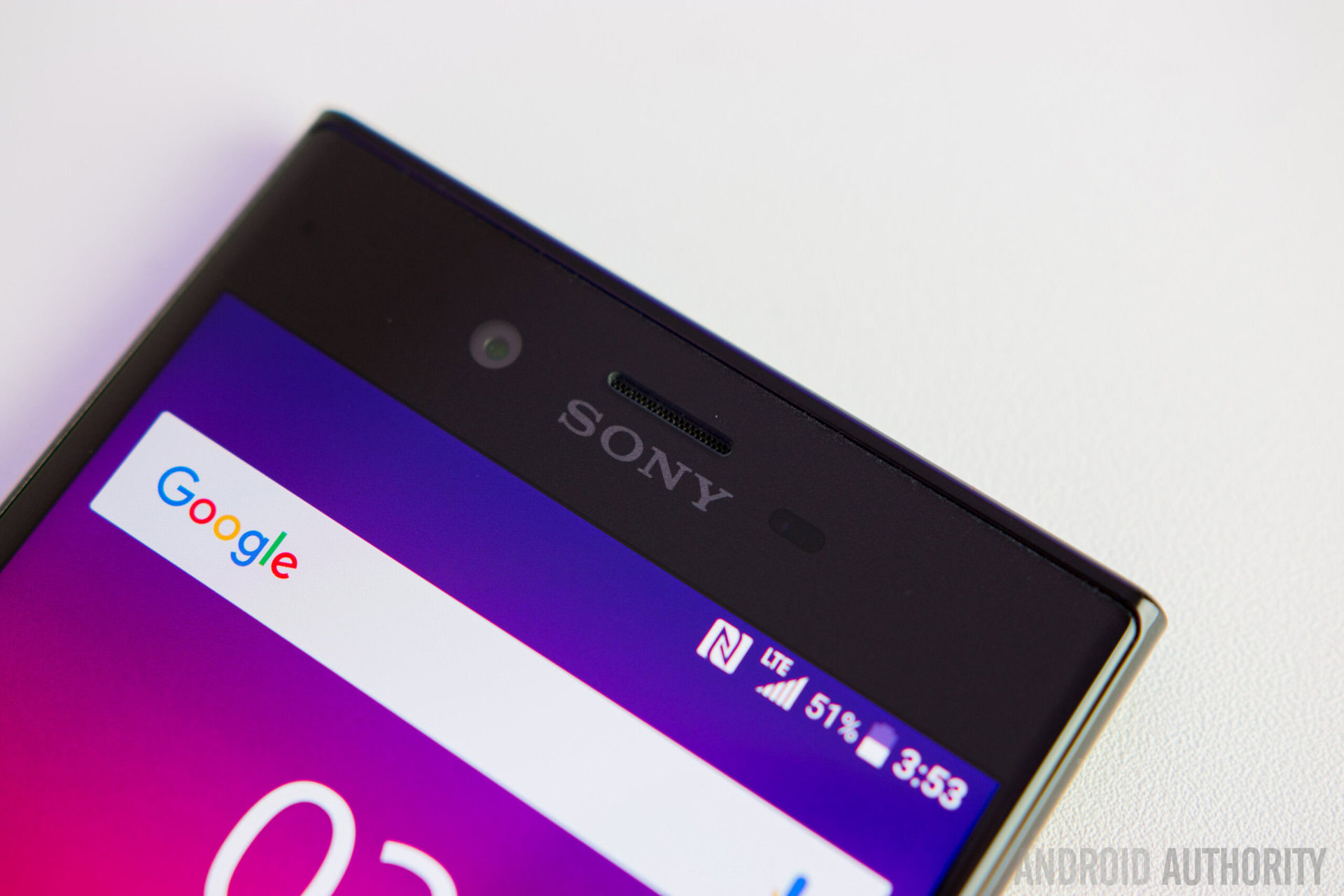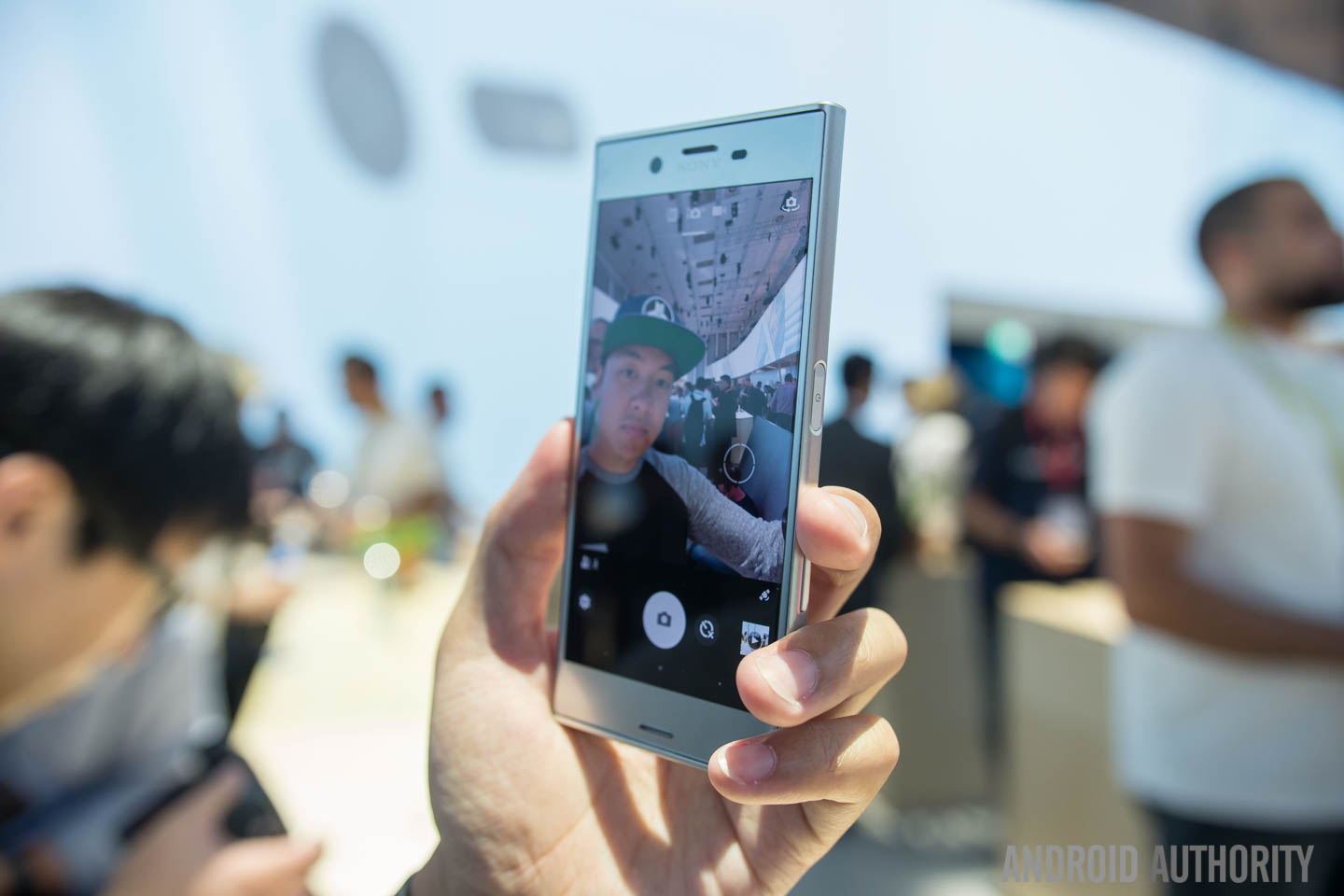Affiliate links on Android Authority may earn us a commission. Learn more.
Why Sony deserves some credit – but not too much
September 2, 2016

Going into the announcement of the Sony Xperia XZ and X Compact, I wasn’t expecting anything too revolutionary. Sony has proven itself an OEM that moves painfully slowly – too slowly, for many – when it comes to the rest of the Android bunch. But I for one was pleasantly surprised by the XZ and X Compact. At least a little bit. And that’s enough for now.

While Sony’s new phones are still within spitting distance of everything else Sony has done in the last few years, they deviate further from that snail’s pace of progress than anything else in recent memory.
This is why I sincerely think Sony deserves some long-overdue credit for what it has done, but not so much to not encourage Sony to deviate even further next time. This is a start, but we need more (and so does Sony Mobile, if it is to survive).
I’m the first to admit that I’ve found the vast majority of Sony Mobile’s announcements in recent years to be incremental, safe and largely uninspired. There’s no doubt that the Xperia Z/X series was important and good for the company, but every half-yearly successor, with its “refinements” and minor revisions, made it very difficult to tell one Xperia from another.
The camera on Sony phones has barely changed in years. 23 MP is fine and all and Sony’s sensors are famous for good reason. But until serious elbow grease is invested in its mobile image processing Sony will never hit the top-tier photography performance almost every other OEM has attained in recent years. Considering Sony’s superior imaging prowess in the digital camera space, this is an unforgivable sin when it comes to smartphones.

While there is already some anecdotal evidence to indicate that the camera in the Xperia XZ and X Compact might be their weakest point, they do deliver quite a lot of “new” that is worthy of praise. The design – the first significant(ish) departure from Omnibalance in years – is a great thing to see.
Whether you particularly like the new “Loop Surface” or not, you have to give credit to Sony for expanding their design horizons at least a little, even if the Xperia XZ still looks very Sony. Baby steps are still noteworthy steps. If Sony can get even more adventurous with Loop Surface in the next iteration it could see a whole new design direction for Sony (tip: go bezel-less, not curved).
Considering Sony's superior imaging prowess in the digital camera space, anything less than top-tier mobile photography performance is an unforgivable sin.
All this design business notwithstanding, I would argue that Sony’s work on the software front is even more important. Adding a dedicated Google Now screen to the left of home is significant, even if it will be largely lost on the vast majority of people. The stock Android feel of the Quick Settings and Sony’s Concept ROMs are a step in a very positive direction. Sony’s UI has always been minimal and uncluttered, and software on the XZ is the best it has ever been.
This is not to say that Sony should substitute Stock Android or remove its suite of apps which are arguably more useful than the vast majority of other OEM bloatware. Quite the contrary. Sony is getting software right in great ways: theming support, clean design and useful rather than gimmicky features are definitely the way to go. The new Sony UI is not cutting edge to be sure (and those icons still need updating), but at least it’s not just plain bad.
I still have qualms with Sony’s six-monthly release cycle and think the Xperia XZ – as Sony’s self-confessed “new flagship” – should have better specs than the Snapdragon 820 and 3 GB of RAM already found in the X Performance. I also doubt we’re going to be pleasantly surprised when pricing information becomes available. Who knows what else might go wrong in the weeks and months to come. But right now I’m just happy to see Sony taking tentative first steps in a direction that just might work.
Now read: All the IFA news you should know about
Thoughts on the Xperia XZ? What does Sony need to do differently and what is going right?